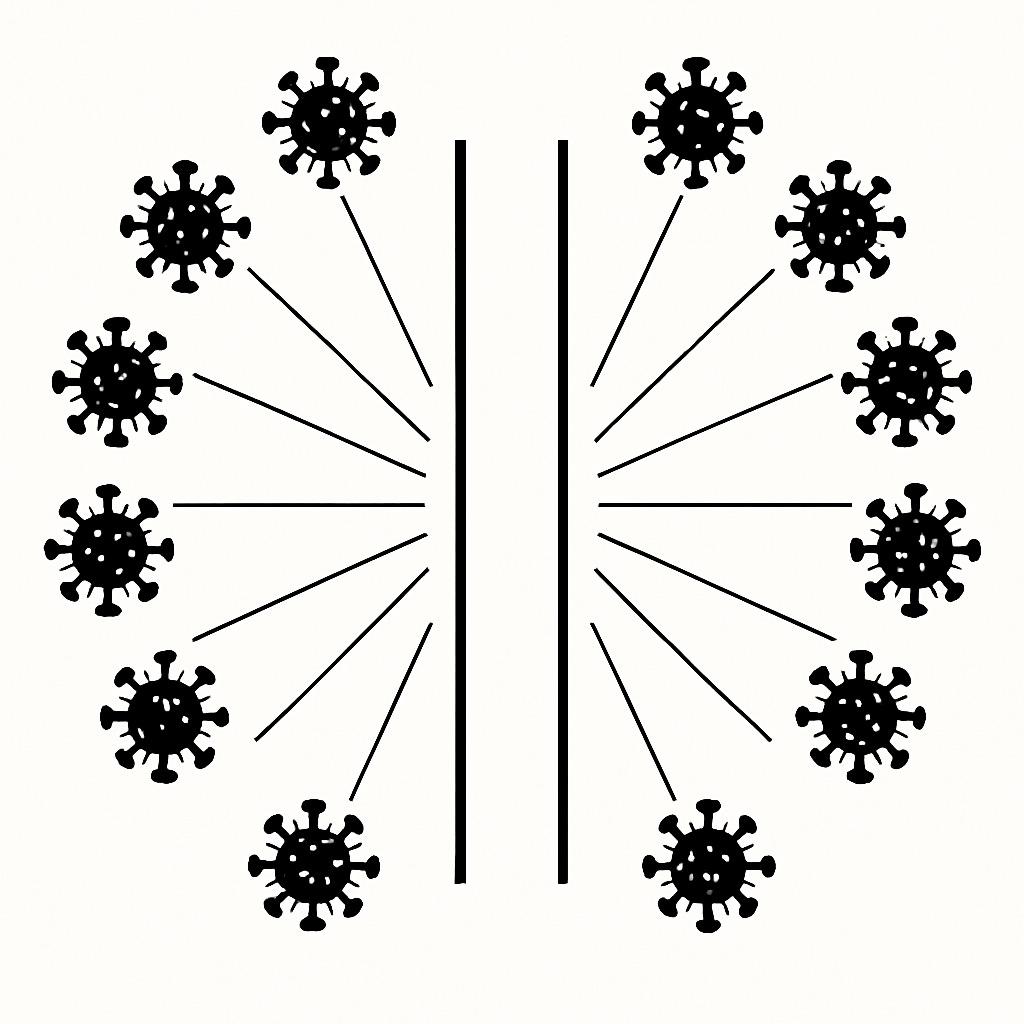Sociopolitical hallucinations of COVID-related facts
Sociopolitical hallucinations of COVID-related facts — where factual perceptions were warped and post-hoc justified to fit predetermined moral or membership conclusions, rather than having to argue for distinct ethical principles.
(1) Breathing is an attack
→ Allowed normal human behavior to be framed as harm, justifying moral calls for self-defense, exclusion, or punishment.
(2) Natural immunity doesn’t exist
→ Erased basic immunological knowledge to make mandates for the vaccinated seem necessary and ethical.
(3) Medications that reduce severity but not transmission are vaccines
→ Redefined “vaccine” to preserve moral narratives about responsibility and collective safety.
(4) Masks work
→ Asserted population-level effectiveness despite RCTs showing no such evidence, enabling moral condemnation of the maskless.
(5) Lockdowns work
→ Claimed lockdowns saved lives, even as data showed no consistent correlation, allowing drastic interventions to be framed as ethically obligatory.
(6) Zero COVID is achievable
→ Set an impossible moral goal to justify unlimited policy overreach.
(7) Asymptomatic spread is the main driver of transmission
→ Created fear of healthy people, morally validating mass surveillance and preemptive restrictions.
(8) Healthy children are in grave danger
→ Ignored extremely low pediatric risk to justify school closures and child masking as ethical duties.
(9) Cases = deaths
→ Collapsed all infection into tragedy to sustain fear and moral urgency.
(10) Disagreement is misinformation
→ Framed dissent as dangerous harm to others, allowing censorship to feel virtuous.
Related:
Ethics Don’t Divide Us — Hallucinated Facts Do
Most people imagine ethical disagreements as cases where everyone accepts the same facts but applies different moral principles, yielding different conclusions. In perceptual terms, this is like the classic rabbit/duck illusion: two observers may “see” different things, but they still agree on the strokes on the page — the underlying data. These are amb…



